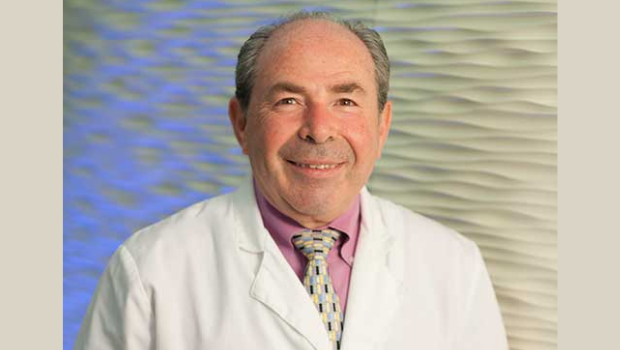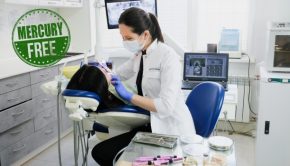Removing Toxic Dental Fillings
In September 2020, the U.S. Food and Drug Administration updated its information about certain high-risk individuals associated with mercury amalgam fillings. Holistic dental practitioners feel that mercury safety should apply to not only high-risk people, but to everyone—including those that are autoimmune compromised.
Safe Removal of Mercury Fillings
The first step is to safely remove existing amalgam fillings. This must be done in such a way as not to increase the risks of mercury release in the process. It’s best to find dentists that are certified by the The International Academy of Oral Medicine and Toxicology in Safe Mercury Amalgam Removal Technique filling removal.
There are certain measures dentists that practice amalgam removal must take in order to avoid a patient inhaling or swallowing any metal particles. It’s also necessary to use the right materials, tools and filters to prevent metal from entering the public water system. Proper disposal of the mercury fillings is also crucial.
When these dental fillings are heated, mercury vapor is released. The grindings from removed mercury fillings should never touch the gums, cheeks or floor of the mouth. To prevent this, a rubber dam must be used for the removal of mercury fillings.
It’s not just what happens in the mouth that’s important, but what’s happening in the air during mercury filling removal. Mercury vapor needs to be cleared from the room to ensure that the process is safe for the patient, doctor and staff. The simple solution is to remove the silver fillings and replace them with tooth-colored porcelain composite fillings. A biocompatibility test may be run to determine the best material to use for restorations. This choice can improve long-term health, and is especially friendly to the immune system.
Composite Resin Fillings
Composite resin fillings are made of different plastic and glass materials. Not all composite materials are non-toxic, and many traditional dentists use whatever composite is available. Like metal amalgams, traditional dentists claim that the hardened form of composite fillings is harmless. In reality, toxic materials like BPA and Bis-GMA can be released from certain composite fillings that could lead to many health problems. Health effects range from reproduction and neurology issues to a weakened immune system. However, there are non-toxic variations of composite fillings, so make sure to ask about it.
Porcelain Fillings
Holistic dentists want their patients to live healthy lives, free of toxins in their system. One way they help patients accomplish this is by using biocompatible tooth filling materials like porcelain rather than toxic materials. However, keep in mind that there are composite filling options that are completely non-toxic, so porcelain fillings are not the only truly holistic option.
Dr. Vladimir Gashinsky, DDS, is the owner of The Holistic Dental Center of New Jersey. To schedule a dental appointment, call 973-718-5104 or visit HolisticDentalCenterNJ.com.




























